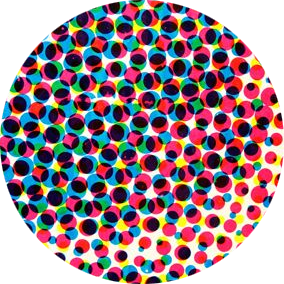Introduction to Silver Age Superhero Comics


Defining the Silver Age is complicated because of its competing currents. SA superhero comics are synonymous with both goofy, outrageous stories that defy psychological complexity and the development of psychological complexity. It helps to read these currents in context. 2/10

Following WWII, the popularity of superhero comics declined in favor of other genres, such as crime, horror, and romance. One theory is that those other genres more successfully expressed postwar traumas, social upheaval, and psychological shades of grey. 3/10


Partly because the language of the Comics Code more directly targeted other genres & because superhero comics were ideally suited to maintain a safe metaphorical distance from social realities, superheroes slowly but surely experienced a resurgence in the wake of the Code. 5/10

DC Comics’ Showcase #4 (1956), introducing a new version of the Flash, is generally considered to be the first Silver Age comic. At the time of its publication, only a handful of superhero comics were still being published. The success of the Flash inspired other reboots. 6/10

DC’s Silver Age comics were also influenced by the Code in other ways. New female versions of characters and super-pets were added to stories to create superhero “families” that (supposedly) emphasized family values and domesticity. 7/10

For the almost half of the Silver Age, the company that would become Marvel wasn’t publishing any superhero comics. But they were encouraged by DC’s success to develop some new ones, starting with Fantastic Four #1 (1961). 8/10

But the Fantastic Four and the other Marvel heroes who quickly followed, including Spider-Man, the Hulk, and Iron Man, showcased an usual degree of psychological realism. These heroes cried & suffered and viewed their powers as both an opportunity and a curse. 9/10

The rest is history—or would be, following either the publication of “Green Lantern/Green Arrow” (1970) or “The Night Gwen Stacy Died” (1973), both of which emphasized a loss of innocence. We’ll be talking thru more of this history over the next couple of weeks! 10/10
